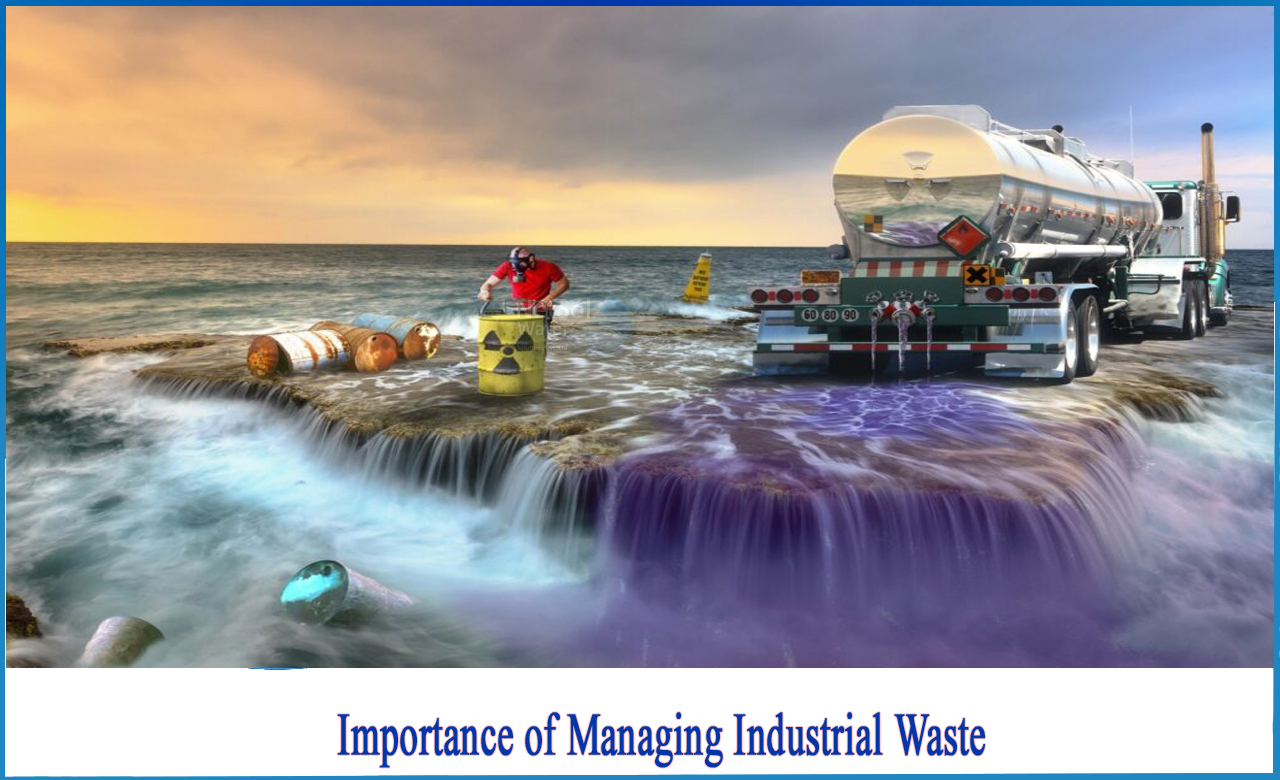Get This Report on Reclaim Waste
Get This Report on Reclaim Waste
Blog Article
More About Reclaim Waste
Table of ContentsRumored Buzz on Reclaim WasteThe smart Trick of Reclaim Waste That Nobody is DiscussingLittle Known Questions About Reclaim Waste.Things about Reclaim WasteWhat Does Reclaim Waste Do?
Domestic sewer waste refers to the waste and products from a property septic tank. The appropriate monitoring and disposal of domestic sewer waste call for liquid waste to be transferred to a sewage therapy plant where the appropriate approaches and tools are applied to cleanse and dispose of waste.
Commercial waste commonly consists of potential dangers, such as combustible materials or a blend of fluid and solid waste products, and needs an advanced and in-depth disposal procedure. The disposal of business waste generally includes the purification of waste prior to transportation to guarantee risk-free and correct disposal. Hazardous waste is created from byproducts and runoff of industrial processes and production.
This type of waste can not utilize the very same sewage administration transportation or processes as septic or industrial liquids. The hazardous waste administration procedure needs the examination and screening of fluid waste prior to it goes through the disposal procedure (industrial wastewater treatment). Overflow waste is the fluid waste that comes from drainage and excess stormwater in very booming locations or cities
Drainage waste can create contamination and flooding if not taken care of appropriately. Ensuring appropriate waste management can prevent disasters and lower ecological damage.
An Unbiased View of Reclaim Waste
Call PROS Services today to learn more about our waste administration and disposal solutions and the appropriate ways to take care of the fluid waste you create.
(https://profile.hatena.ne.jp/reclaimwaste1/)Do you recognize what happens to your water when you end, purge the toilet or drain pipes the washing machine? No? Well, it deserves knowing. This supposed 'wastewater' is not only an essential resource yet, after treatment, will certainly be released to our land, rivers or the ocean. Made use of water from bathrooms, showers, bathrooms, kitchen area sinks, washings and industrial procedures is referred to as wastewater.

water used to cool equipment or clean plant and devices). Stormwater, a kind of wastewater, is runoff that moves from farming and metropolitan locations such as roofs, parks, gardens, roads, courses and rain gutters right into stormwater drains, after rain. Stormwater moves neglected straight to neighborhood creeks or rivers, eventually getting to the sea.
The 2-Minute Rule for Reclaim Waste
In Queensland, the majority of wastewater is dealt with at sewer therapy plants. Wastewater is transferred from domestic or industrial sites through a system of sewers and pump stations, called sewerage reticulation, to a sewage therapy plant. Local federal governments build, maintain and run most sewer therapy plants. Operators are accredited under the Environmental Management Act 1994 to release cured wastewater at an appropriate ecological requirement into waterways.
The Department of Natural Resources advises neighborhood federal governments regarding managing, operating and keeping sewage systems and treatment plants. In unsewered areas, city governments might need householders to mount specific or family sewage therapy systems to deal with domestic wastewater from toilets, cooking areas, washrooms and washings. The Department of Natural Resources authorises the usage of family systems when they are shown to be effective.
The majority of stormwater gets no therapy. In some brand-new neighborhoods, therapy of some stormwater to eliminate litter, sand and crushed rock has actually begun making use of gross contaminant catches. Wastewater therapy occurs in 4 stages: Gets rid of solid matter. Bigger solids, such as plastics and other objects incorrectly discharged to sewage systems, are removed when wastewater is passed via screens.
Makes use of tiny living organisms understands as micro-organisms to damage down and remove staying liquified wastes and great fragments. Micro-organisms and wastes are incorporated in the sludge.
Reclaim Waste Things To Know Before You Buy
Nutrient elimination is not readily available at all sewer treatment plants since it requires expensive specialised tools. Clear fluid effluent created after treatment may still contain disease-causing micro-organisms - liquid waste removal melbourne.

This generally implies wastewater has actually to be treated or contaminants removed before it can be released to waterways. Most wastewater moves into the sewerage system. Under the Act, city governments provide authorizations and licences for environmentally pertinent tasks (Ages) including wastewater releases that could have go a regional impact. The division administers authorizations and licences to Ages involving wastewater releases that might have a regional or statewide impact.
Some Known Incorrect Statements About Reclaim Waste
Or else, samples are taken for research laboratory evaluation. Usually many examinations are needed to establish the degrees of each of the various toxins such as oils, heavy steels and chemicals in water. Monitoring supplies factual information regarding water top quality and can confirm that permit conditions are being met. The details obtained with surveillance supplies the basis for making water high quality choices.
Report this page